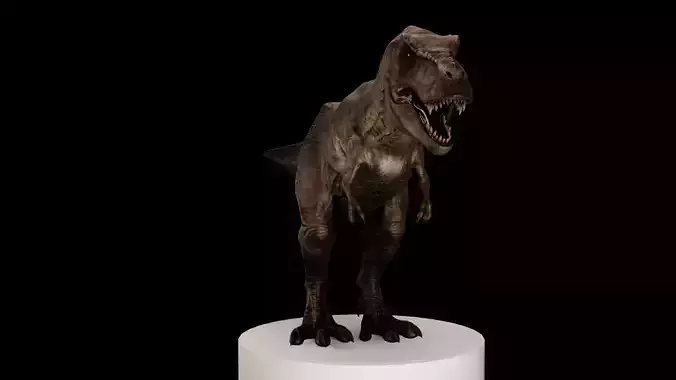1/18
Step into the prehistoric world with this stunningly detailed and fully rigged Tyrannosaurus Rex 3D model, designed for seamless animation and dynamic simulation. Crafted with precision, this model features an optimized high-poly mesh and a robust rigging system that enables lifelike movement for every joint and limb. Whether you're creating cinematic scenes, video games, or educational content, this model delivers realism and flexibility to elevate your projects.The rig is compatible with industry-standard software like Blender, Maya, and 3ds Max, supporting IK/FK systems for easy pose manipulation and smooth transitions. The model also includes detailed texturing and UV mapping, making it render-ready for high-resolution projects. Ideal for animators, game developers, and educators, this T-Rex model combines versatility, functionality, and stunning realism to bring your creative vision to life. Add an iconic touch to your work with this professional-grade Tyrannosaurus Rex model.
REVIEWS & COMMENTS
accuracy, and usability.


















